Introduction
In the ever-expanding digital space, cryptic terms like “24ot1jxa” occasionally emerge and create curiosity or concern. While seemingly random, this alphanumeric sequence has sparked significant online attention, with users questioning its safety, purpose, and potential threats. In this article, we dive deep into why 24ot1jxa is considered harmful and what steps users should take to protect themselves.

What Is 24ot1jxa?
24ot1jxa is not associated with any well-known application, software, or official database. Its sudden appearance in various contexts—especially on forums and suspicious websites—has raised red flags. Often appearing in conjunction with malware alerts or odd downloads, 24ot1jxa seems to be a digital anomaly with malicious undertones.
Signs That 24ot1jxa May Be Malicious
1. Presence in Suspicious Downloads
Users report encountering 24ot1jxa when downloading unauthorized or pirated software. These downloads may come bundled with hidden files, spyware, or adware under coded names such as 24ot1jxa.
2. Triggering Antivirus Warnings
Antivirus software frequently flags files or websites associated with 24ot1jxa, indicating potential threats. This raises serious concerns about the security and origin of the term.
3. Unfamiliar Background Processes
If you notice unusual activity in your task manager, especially unnamed or nonsensical processes, it might be related to hidden programs like 24ot1jxa attempting to run in the background.
4. Browser Hijacking
A common trait of malware is browser hijacking, where your homepage or search engine changes without your permission. Infected systems may display anomalies linked to 24ot1jxa.
5. Data Privacy Concerns
Some users report data leaks or compromised personal information following encounters with 24ot1jxa-related files or websites.
Why It Matters
Even though the exact function of 24ot1jxa remains unclear, its association with suspicious behavior makes it a cybersecurity concern. In today’s age of rampant cybercrime, seemingly obscure codes like this can be gateways for more severe attacks.
How to Protect Yourself
A. Use Reliable Antivirus Software
Keep your antivirus updated and scan your system regularly. Any detection of 24ot1jxa-related files should be treated as a threat.
B. Avoid Pirated Content
Unlicensed software and media are breeding grounds for hidden malware. Stick to verified sources.
C. Clear Your Cache and History
Browser anomalies might stem from infected cache files. Regularly clear your cache, cookies, and browsing history.
D. Monitor Background Activity
Use system tools to track active processes. Investigate anything unusual or resource-heavy.
E. Perform Routine Backups
Regular data backups can help restore your system if you fall victim to malware like 24ot1jxa.
READ ABOUT:About Blog turbogeekorg: A Comprehensive Insight Into the Tech-Focused Platform
FAQs About 24ot1jxa
Q1. What exactly is 24ot1jxa? A1. It’s an unknown alphanumeric code often linked to suspicious online activity or malware behavior.
Q2. Can 24ot1jxa harm my computer? A2. Yes, if associated with malicious software, it can lead to privacy breaches, system slowdowns, or data loss.
Q3. How did 24ot1jxa get on my system? A3. Most likely through unauthorized downloads, suspicious websites, or bundled software.
Q4. Is there a way to remove it? A4. Yes, using robust antivirus software or malware removal tools can help eliminate it.
Q5. Should I be worried about my personal data? A5. If your system is showing symptoms, there is a risk. Change passwords and monitor for any unusual activity.
Conclusion
24ot1jxa might seem like a harmless string of characters, but its growing presence in suspicious digital corners tells a different story. Cyber threats often disguise themselves in ambiguity, and vigilance is key. Stay proactive, use trusted tools, and ensure your digital environment remains safe.




